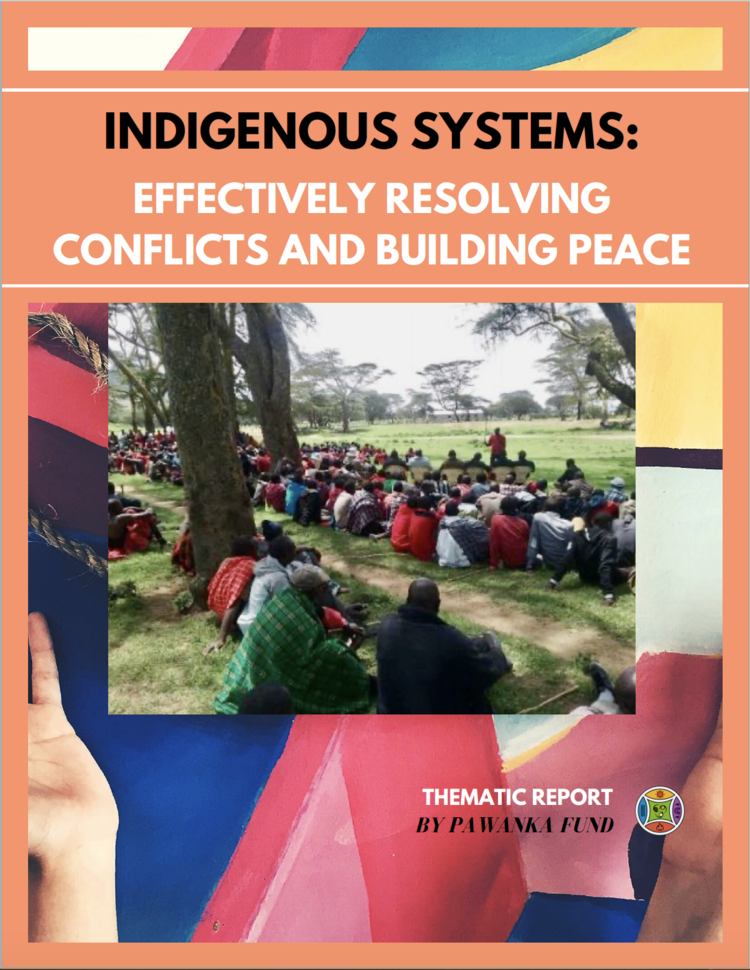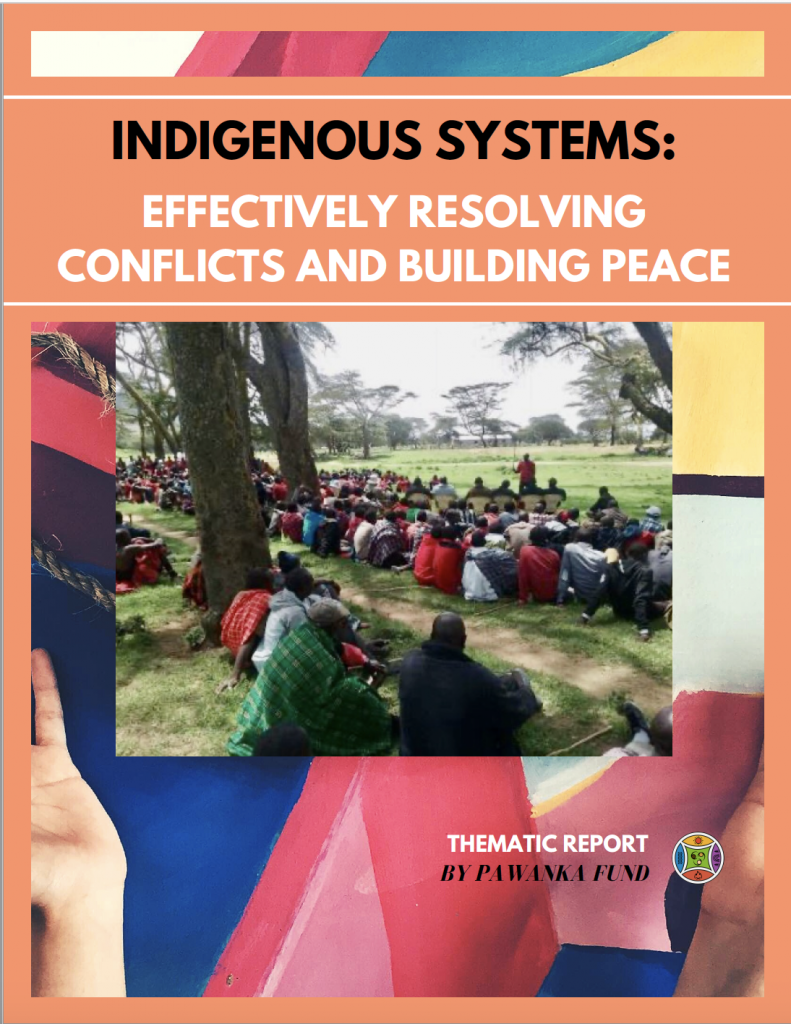
Introduction:
Indigenous peoples always aspire to achieve peace and security in their territories. In the histories of indigenous peoples, conflicts and disputes were addressed and resolved internally as much as possible. Otherwise, conflicts had potential for severe impacts on the wellbeing of indigenous peoples sometimes to the point of their collective survival and development. Through the ages, different indigenous peoples used traditional methods to resolve local disputes and uphold the common interest for peace, cooperation, and solidarity. These systems are still used by indigenous peoples to varying degrees despite of the establishment of nation-states and their imposition of state laws and policies.
With the imposition of state economic, political, and social systems that are largely alien and inherently discriminatory to them, indigenous peoples find themselves in conflict with states when their collective rights and wellbeing are systematically violated and undermined by government bodies. In particular, exploitation and appropriation of indigenous peoples’ lands and resources are major causes of long-term conflicts in indigenous territories across the globe. Exploitation and appropriation have profound impacts on indigenous peoples’ dignity, survival, and wellbeing and can lead to ethnocide. These violations largely occur in the name of national development, economic growth, conservation, and urbanization, and they can and do intensify inequality, environmental disasters, loss of biodiversity, and climate change, among others. Too often, militarism or militarization (including the use of paramilitary forces) are the state response to indigenous peoples asserting and defending their rights. These acts of violence and oppression by states compound conflicts more frequently than they lead to peace and justice. Further, discriminatory laws undermining the distinct and collective identities, cultures, and sustainable ways of life of indigenous peoples are also sources of conflict between those peoples, states, and members of the dominant society.
At present, indigenous peoples are often in conflict with states and other development actors who are interested in their resources. Additionally, disputes often occur between indigenous peoples as a result of historical circumstances and manipulation by other parties, including states. Given their desire for peace and justice, indigenous peoples are reviving, strengthening, and innovating within their traditional systems for conflict resolution and transforming justice mechanisms to pursue peace and reconciliation. The concept of social justice is more restorative than punitive, especially when conflicts occur between or among indigenous peoples in the same socio-economic conditions. Even the United Nations’ concepts of rule of law and transitional justice in conflict and post-conflict societies recognize the need for indigenous and informal justice traditions. Increasingly, peace building processes worldwide are recognizing this need – a positive step toward ensuring greater legitimacy and peace at local levels.
With its more reconciliatory and restorative nature relative to punitive mainstream judicial systems, indigenous justice systems remain the most accessible, affordable, and least susceptible to corruption. Dialogues and cultural exchanges deal more effectively with grievances, violations, and breaches of peace, including land and natural resource conflicts, violation of children’s rights, marriage, and murder.
Pawanka Fund fully encourages and enables partner organizations to revive traditional practices and ancestral knowledge that mitigate or prevent conflict and unrest in communities. Indigenous systems are proven to be beneficial and restorative compared to state judicial systems that are largely inaccessible to indigenous peoples.
The Fund’s support of partner organizations’ activities and efforts has been fruitful and successful and should be sustained to achieve our objective of reviving these traditional practices and restoring knowledge.
DOWNLOAD THE FULL REPORT: Indigenous Systems

